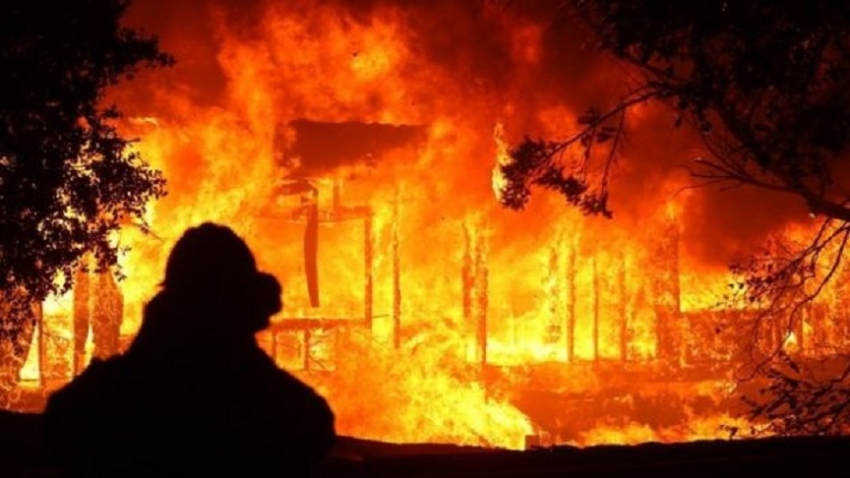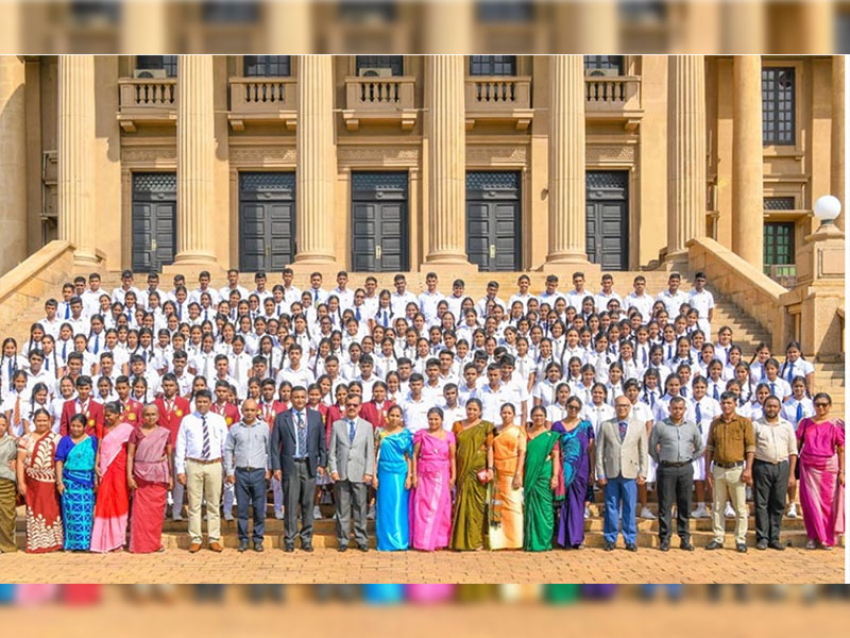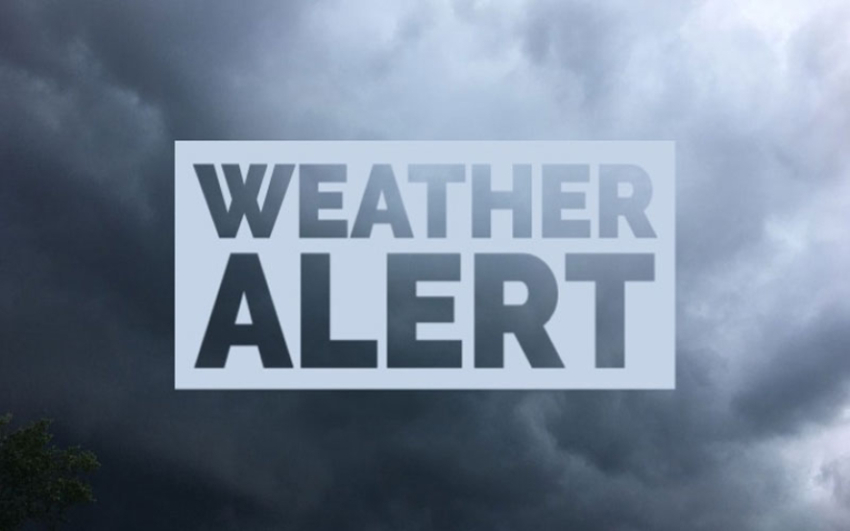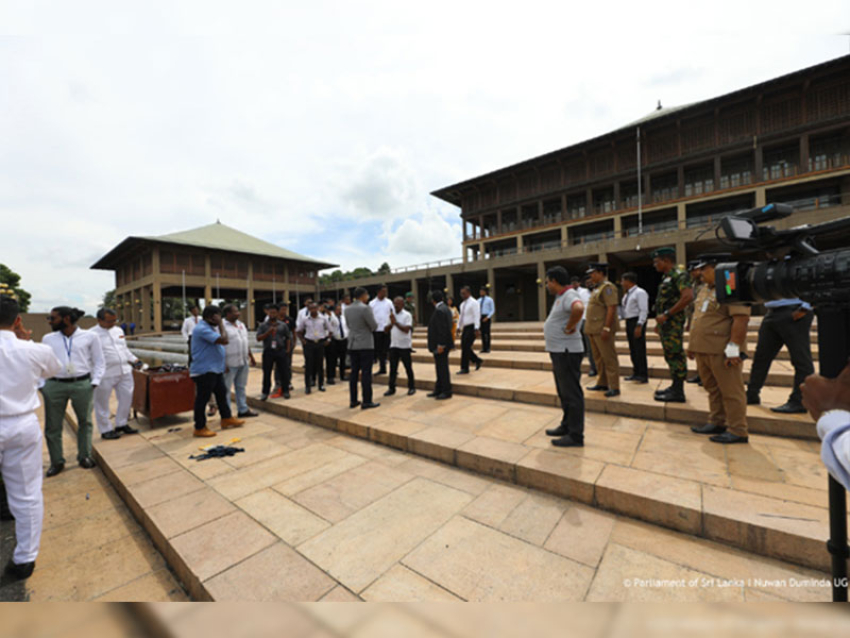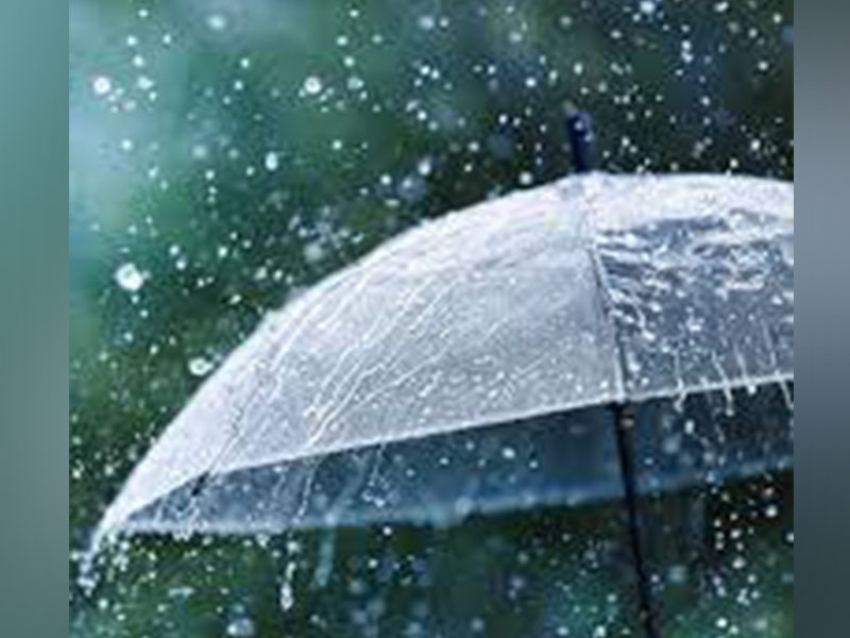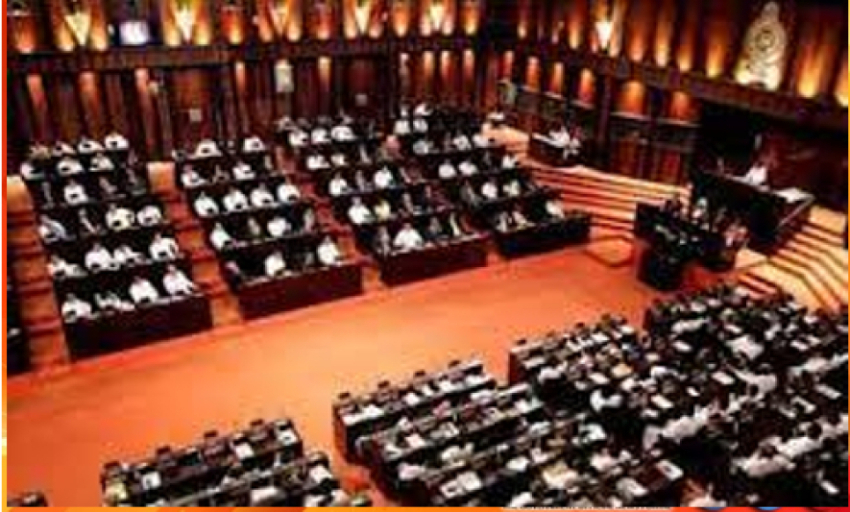Millions of Californians face having their power cut as firefighters continue to battle a surge in wildfires in the state. Pacific Gas & Electric (PG&E) said it may have to turn off power in 36 counties amid forecasts of a "historic wind event", which it said could damage facilities and cause new fires.The warning came as wildfires forced some 50,000 people from their homes. A state of emergency has been declared in Los Angeles and Sonoma counties. California's fire department says the state is experiencing "critical fire weather".
Commenting on the latest fire, Governor Gavin Newsom said on Friday that PG&E "simply did not do their job". He condemned "years and years of greed, years and years of mismanagement in the utilities".PG&E on Friday warned about 850,000 customers - whose households are estimated to contain about 2 million people - that they "may be impacted" by a power cut between Saturday evening and midday on Monday, citing forecasts of potential extreme weather."PG&E will need to turn off power for safety several hours before the potentially damaging winds arrive," the company said in a statement."The weather event could be the most powerful in California in decades."The company said high winds "pose a higher risk of damage and sparks on the electric system and rapid wildfire spread", adding that vegetation was especially vulnerable to fire because it had been dried out by previous winds.The warning from PG&E came as the company faced scrutiny over its possible role in the fires.
PG&E says high winds could damage its infrastructure, potentially leading to more fires
The company says the Kincade Fire that started in northern California on Wednesday began seven minutes after a nearby power line was damaged.It has not yet confirmed whether the power glitch sparked the Kincade Fire.The deadliest wildfire in the state's history - which killed 85 people in northern California in 2018 - was caused by PG&E power lines.
BBC correspondent Peter Bowes lives in the Santa Clarita area north of Los Angeles, where the Tick Fire has been raging."My partner was in the house and had just seconds to get out, to pick up the dog, throw the dog in the car - gently - just get out. It happened that quickly and all our neighbours did exactly the same thing," he said.He later tweeted photos of the devastation.
The Kincade Fire, which started on Wednesday, has burned through 21,900 acres (8,800 hectares) of land in Sonoma County - one of California's best-known wine regions.More than 1,300 firefighters are tackling the blaze, which remains uncontained.There are a number of other major fires, including:The Tick Fire in Los Angeles County has burned at least 4,300 acres in the Santa Clarita regionThe Old Water Fire in San Bernardino County has burned 95 acres, shutting off a major highwayThe Cabrillo Fire in San Mateo County, south of the town of Pescadero, has burnt about 95 acresThe Sawday Fire in San Diego County, which began on Friday, has burned 97 acres, some 40 miles northeast of San DiegoThe Saddle Ridge Fire in Los Angeles County has burned more than 8,700 acres over the last 14 daysThe Muir Fire in Marin County has burned 143 acresThe Mines Fire in Alameda County has burned some 86 acres since Thursday night
The Miller Fire in San Diego County has burned about 91 acres since Friday afternoon
What's caused the wildfires?According to a report filed to the California Public Utilities Commission on Thursday, a "broken jumper" - which connects power lines to towers - was discovered at 21:20 local time on Wednesday.The fire began at 21:27, according to the California Department of Forestry and Fire Protection.The news sent share prices of PG&E tumbling on Friday, as investors feared the company might be held responsible for the Kincade Fire.The company is already seeking bankruptcy protection as it faces lawsuits over last year's deadly Camp Fire. It was found to have been sparked by ageing equipment owned by PG&E.It spawned billions of dollars in liability claims against the company.
Homes have been destroyed in the town of Geyserville, which has been evacuatedHigh winds appear to have spread the fires - gusts of up to 70mph (112km/h) have swept much of the state.California is affected by Santa Ana winds, which are known for being dry and gusty, exacerbating wildfires.Who is affected?On Thursday morning, PG&E shut off power in 15 California counties to prevent accidental fires, affecting about 180,000 homes.Power was restored to most customers on Thursday night. But officials warn of more outages over the weekend in regions experiencing high winds and dry heat.Schools in the Los Angeles Unified School District remained closed on Friday because of air quality and safety concern
California wildfires 'can now happen in any year'
By Paul Rincon
Science editor, BBC News website
4 March 2019
Share this with Facebook Share this with Messenger Share this with Twitter Share this with Email Share
Related TopicsCalifornia wildfires
Image copyrightAFP
Image caption
A deadly wildfire engulfed Paradise, north of Sacramento, California, last November
Wet winters are no longer a guide to the severity of wildfires in California, a new study suggests.
Increased temperatures due to global warming and more effective efforts to contain fires mean there's now more dry wood to burn.
This means that large wildfires of the kind seen in 2018 can now happen in any year, regardless of how wet the previous winter was.
The researchers say huge blazes may be a sign of things to come.
Their study is published in the Proceedings of the National Academy of Sciences.
Last year was California's most destructive and deadly wildfire season on record.
Pictures beamed around the world revealed the havoc wrought as fires devastated whole communities.
During winter, moisture in the form of precipitation is delivered to California by a fast moving band of air called the jet stream.
A US-German team of scientists reconstructed fire and moisture patterns, along with the position of the North Pacific jet stream, over the past 400 years.
Image copyrightGETTY IMAGES
Image caption
A future of more frequent, more intense fires will pose a challenge for firefighters in the region
They combined instrumental and historical records of temperature, rainfall and fires, with the natural archives of climate and fires contained in tree rings.
They found that from 1600 to 1903, the position of the North Pacific jet stream over California was linked to the amount of winter rainfall and the severity of the subsequent wildfire season.
Wet winters brought on by the jet stream were followed by a less intense wildfire season, while dry winters were followed by more intense fires.
California's deadliest wildfire kills 42
California fire town needs 'total rebuild'
Snapshots from California 'apocalypse' town
But after 1904, the connection between winter moisture and wildfires was seen to weaken. This coincides with the beginning of a fire suppression policy on US federal lands.
The connection then disappears completely after 1977.
"When the jet stream is positioned over California, it's like a fire hose - it brings storms and moisture straight over California," said Valerie Trouet from the University of Arizona's Laboratory of Tree-Ring Research.
"What we see post-1900 is that the position of the jet stream is still an important driver of moisture to California - it brings moisture to California when it's in the right position - but there's a disconnect with fire."
Image copyrightEMPICS
Dr Trouet's colleague on the paper, Eduardo Zorita, from Helmholtz-Zentrum Geesthacht in Germany, told BBC News: "Humans have a strong influence on fire events in several ways: directly, through fire suppression... but another indirect effect is that if human societies suppress fires, more fuel is available for later.
"Fire is a natural phenomenon that's very important for forest dynamics on longer timescales: for the way that forests renew themselves and grow and incorporate new species... human societies interrupt these forest and fire dynamics."
Now, the build-up of vegetation - the fuel - has combined with the effects of rising temperatures due to climate change to produce a situation where any year may have large fires, no matter how wet the previous winter.
High spring and summer temperatures dry out the abundant vegetation and, when combined with high winds, the area burned can greatly increase.
"It may happen that for certain periods, the frequency of fires is suppressed by humans, but when a fire occurs, its intensity may be bigger than it would have been without human intervention," said Dr Zorita.
The year 2017 was a good example of the situation described in the paper. The wet winter of 2016-17 was followed by many large fires in 2017.
The 2018 fire season saw the largest area burned on record, causing more than $3.5bn in damage.
Image copyrightNASA
Image caption
Satellite image of the Camp Fire in California taken in November 2018
Climate scientist Dr Ioana Colfescu, from the National Centre for Atmospheric Science (NCAS) at the University of Leeds, UK, told BBC News: "They find that whether precipitation is enhanced or reduced in the case of a high CO2 future, California faces increasing fire potential due to thermodynamic warming and this can be a mechanism for the recent California fires (despite wet extremes)."
She said the "excellent study" added a lot to what was currently known about the effects of long-term climate change on California fires.
Dr Colfescu, who was not involved with the study, explained that several factors could introduce uncertainty into the results.
"When using observational records, the data quality varies depending on the source; when using numerical models, whether because our methods are imperfect or because we're still missing minor details, the outputs vary. Last, the climate system contains 'noise' (chaos or internal variability)," she said.
"Each of these three aspects can introduce uncertainty in the results and the hallmarks of what is called chaos in mathematics can't be eliminated.
"While always keeping this in mind, as well as taking into account implications of a limited observational record, combined methodologies like the ones used in this study are the way to understand better what we already think we know and to prepare for the future."
Citizen firefighters combat blazes in California's 'forgotten canyon'
By Lucy Sherriff
BBC News
24 April 2019
Share this with Facebook Share this with Messenger Share this with Twitter Share this with Email Share
Related TopicsCalifornia wildfires
Image copyrightGETTY IMAGES
For several consecutive years, fires have devastated the Californian coast, and the fire service is under increasing pressure with fewer resources. One former firefighter is setting up his own fire crew, but is that the right approach?
Eric Beninger, who lives in Palo Colorado Canyon in Big Sur, saw many of his neighbours' homes destroyed by the 2016 Soberanes fire, one of the most expensive wildfires in US history.
The 2017 wildfire season was one of the worst in the state's history, with more than 9,000 fires burning 1.2 million acres (500,000 hectares). Last year, the fire that hit Paradise alone killed 86 people.
After witnessing the devastation of his own community, Mr Beninger decided to recruit his neighbours and train up an independent fire team to be on standby for future fires.
"When the fire crews finally arrived, they had to decide which houses to just let burn," he says. "Everything was on fire."
The Soberanes fire, which burnt for three months, destroyed 57 homes and cost around $260m (£200m) to suppress. Of the 27 homes along Mr Beninger's road, only eight survived.
The US Forest Service's response was subsequently criticised for its handling of the fire. Even help from the region's volunteer service was not enough to stop the flames.
"After the fire started, the neighbours mostly fled," Mr Beninger recalled. "A few of us stayed behind to protect our homes, because we knew we weren't going to get help. We risked our lives to be here, not knowing what the fire would do.
"Where we live is difficult to reach, it's secluded. And we were forgotten about."
The fire chief of the Mid Coast Fire Brigade, the volunteer fire service that tackled the blaze, said they worked hard to protect the residents and their homes in the days that the fire burned.
"The brigade worked relentlessly with little food or sleep during the first seven days of the fire," says Cheryl Goetz.
"These are not just people in a community - to us they are neighbours, friends, co-workers and family."
There will never be enough resources to get out in front of and stop these types of fires as they are spreading at rapid rates, says Ms Goetz.
"Despite our best efforts, even as we were advised of a person trapped by the fire, the intensity of the fire and the numerous trees falling forced us out of the area."
Image copyrightNASA/ GETTY
Image caption
The Soberanes fire seen from space
Mr Beninger is a carpenter, but used to be a firefighter with the US Forest Service in one of the hotshot crews - teams known as America's "elite" firefighters due to the danger of their work.
He says he and two friends helped save three homes from burning - by using water bottles from the Red Cross.
Life as a 'hotshot' firefighter
"We had a shovel - no chainsaws though, mine had burnt in the fire. We were just this tiny makeshift fire brigade in a pick-up truck with some water bottles."
That's where the idea began, said Mr Beninger, who soon after heard about a small fire truck for sale in nearby Carmel Valley. The owner gave it to him for half the price, and now it's up to him to restore it and build a team.
The fire truck is built around a 1973 Dodge Power Wagon, and has a four wheel drive, meaning it can access the canyon's almost-impassable dirt roads.
Image caption
The 1973 Dodge Power Wagon fire truck, nicknamed Scarlett.
"At the moment we don't have a big crew, but we're speaking with another six neighbours and we're going to do what we can. We're going to give everybody basic fire training."
Mr Beninger is planning barbecues, calendars - "men and women" he noted - and "whatever it takes" to drum up the $10,000 needed to get started.
"The best part is making our community tighter. Having the truck is one thing, but knowing how to use it and bringing everybody closer is more important. I don't know if we're going to be able to save any homes, but we're going to try."
Ms Goetz advises people should be careful about setting up their own firefighting teams as her volunteers are fully trained.
It's better if householders take steps to protect their homes, she says:
- Clearing vegetation around their homes - 100ft minimum
- Ensure you have access to a water source that will not be compromised by loss of electricity
- Clearly mark that water source for all incoming firefighting equipment
- Clearly address your property so firefighting resources know and understand there's a home up that dirt road
Image caption
Beninger predicts more devastating wildfires are coming to California
More on California wildfires
Media captionRebuilding Paradise: 'Our town is gone'
California fires 'can now happen any year'
Snapshots from California 'apocalypse' town
An August 2018 assessment found the state could see a 77% increase in the average area burned by wildfires in 2100.
A Cal Fire report, published in March 2019, noted as many as 15 million acres of California forests are in "poor health", needing work to boost fire resiliency.
Experts have warned there is now no longer a "typical" California wildfire season, and that the risk may be year-round.
"If the community doesn't do something to protect itself, who will?" added Mr Beninger.
"I think it's going to be a great addition to the neighbourhood, it will bring people back together. We were devastated by that fire; families fled, there used to be lots of children here but now there aren't.
"The fire could've been handled within days, but there just weren't the resources. We're going to take care of our own."
Image caption
The truck's number plate lists it as a "historical vehicle"
The truck's already got a nickname - Scarlett - which Mr Beninger wants on the uniforms.
"They won't be anything too fancy, but we might have some scarlet on there, maybe some redwoods , ocean and the mountains. But we'll have to change the writing on the side of the truck."
After a few moments he added, with a chuckle: "Maybe we could call it the forgotten canyon fire department?"

